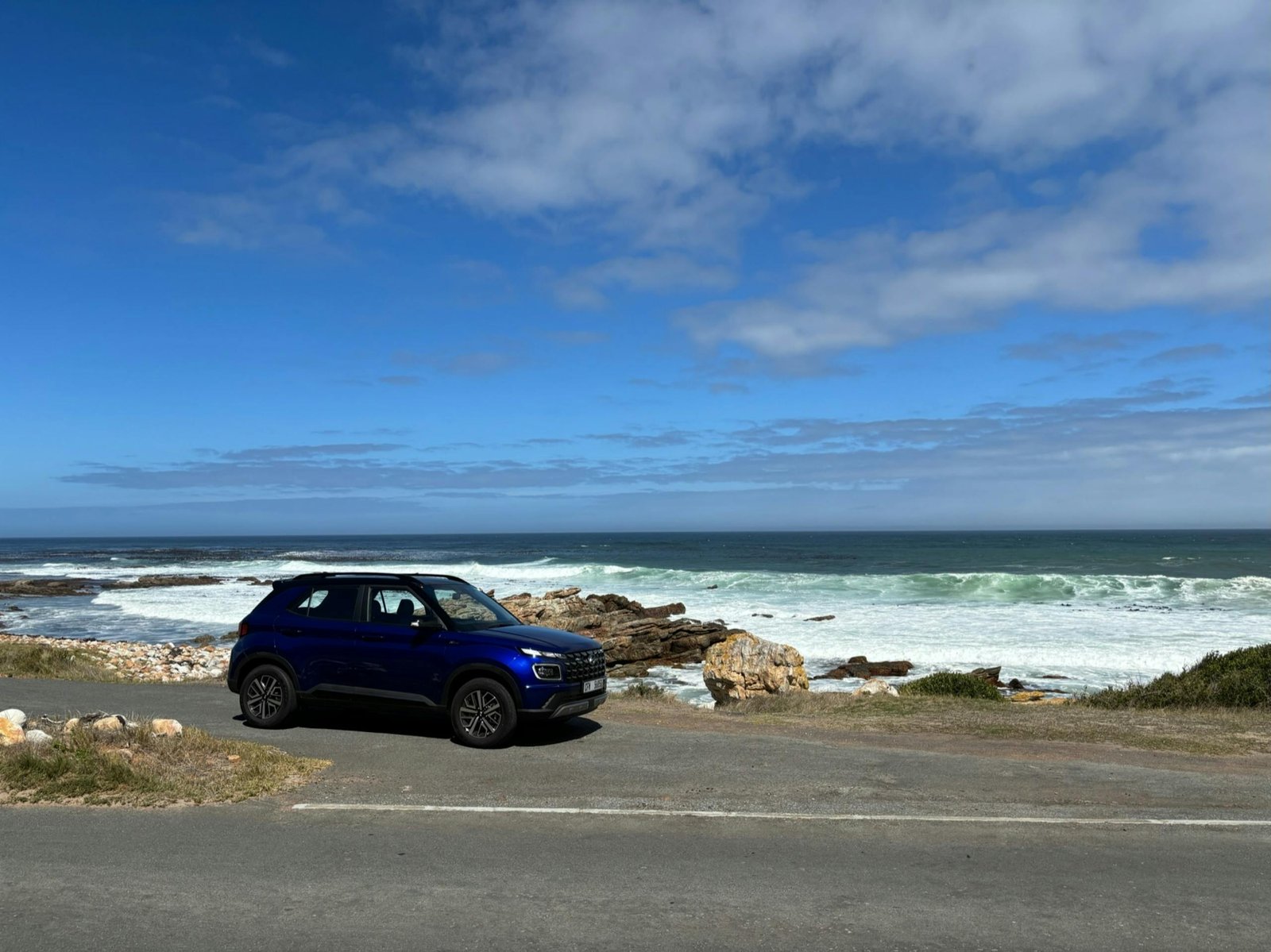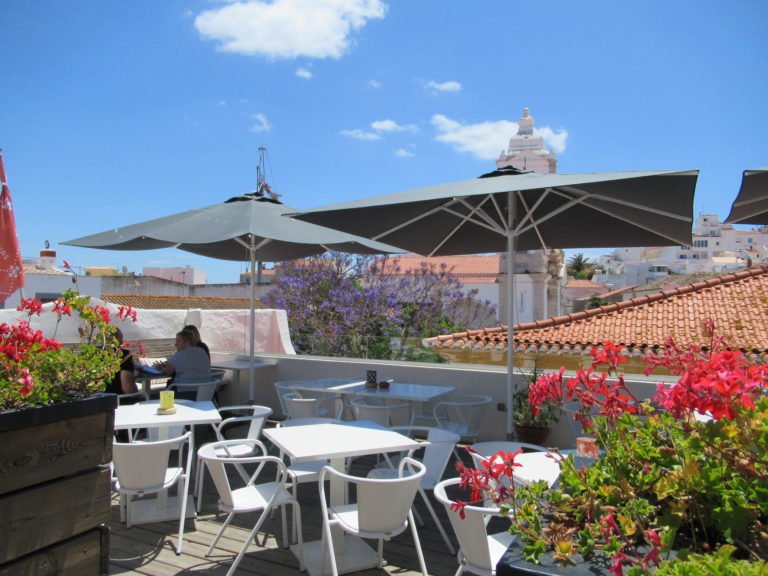Driving in South Africa Made Easy (Expert Advice from a Local)
Last Updated on: 9th April 2025, 05:23 pm
Ever wondered why some travelers swear by renting a car and driving in South Africa while others panic at the thought?
From dodging “robots” (yep, that’s what us locals call traffic lights) to mastering roundabouts—I can confirm: nothing beats the freedom of having your own wheels.
But there’s a catch.
Map distances lie. That 21-hour haul from Kruger to Cape Town? It’s real.
My advice? Mix flights with regional rentals to save time and sanity.
And about those “circles” (roundabouts)—just remember: right goes first. Simple, until you’re jet-lagged at midnight.
This guide spills everything I know as a well-traveled South African, from quirky road rules to why full insurance is non-negotiable. (Spoiler: uninsured drivers are common.)
Whether you’re eyeing the Garden Route or tackling Joburg traffic, I’ve got your back—no fluff, just hard-earned tips.
Want to Plan Your Trip?
Avoid hidden fees in the exchange rate while withdrawing from millions of ATMs abroad, paying in restaurants and shops, and buying your accommodation and flights using the Wise Card. You can hold up to 40+ currencies at once to spend in over 150 countries, and convert them in real-time with the free Wise app.
Need help planning your trip from start to finish? Check out these helpful links:
🔥 Deal Miner Browser Extension – download this to find secret hotel deals you won’t find anywhere else!
🛫 Skyscanner Alerts – set flight price alerts so that you get instant notifications when fares drop!
🏨 Accommodation Savings – from hostels to luxury hotels and resorts.
🏡 Apartments & Villas – the affordable way to live like a local.
🚙 Car Rentals – the most reliable and affordable car hire.
🚋 Tours & Activities – affordable sightseeing tours and day trips.
Key Takeaways
- Renting a car offers unmatched flexibility compared to tours.
- Distances can be deceptive—plan for extra travel time.
- Combine flights with regional rentals to optimize your trip.
- Watch for unique local terms like “robots” (traffic lights).
- Always opt for comprehensive insurance—it’s a lifesaver.
Disclaimer: This post may contain affiliate links. If you make a purchase from one of them I will receive a small commission at no extra cost to you, which allows me to keep this blog up and running!
Why Renting a Car is the Best Way to Explore South Africa
Picture this: endless open roads with no tour bus schedules to cramp your style. With 750,000km of routes—the largest network in Africa—you’ll uncover hidden gems most tourists miss.
Having your own ride? Priceless.
🚗 We always recommend Discover Cars as they compare rates across the top rental car companies and find you the best deals. Plus, they make it easy to add full coverage for your safety and security.
Freedom and Flexibility on Your Terms
Ever changed plans last minute? Me too. That’s why I love car hire when traveling.
Detour to a vineyard in Stellenbosch or chase sunset at Chapman’s Peak—no debates with tour groups.
Modern rentals even have automatic toll readers, so highway stops are seamless.
Pro tip: Combine flights between hubs like Cape Town and Kruger with regional rentals. Maps don’t always tell the full story. 🗺
Cost-Effective Travel Compared to Tours
Think guided tours save money? Think again.
For $100-125/week (sometimes with free upgrades!), you’ll spend less than a 3-day tour—and see twice as much.
Here’s the breakdown:
- Guided tours: $500+ for 2 days, rigid schedules.
- Car hire: $150/week, your own pace.
And scenic drives like the Garden Route? Only a road trip does them justice. Trust me, no bus stops for those Instagram-worthy cliffside views.
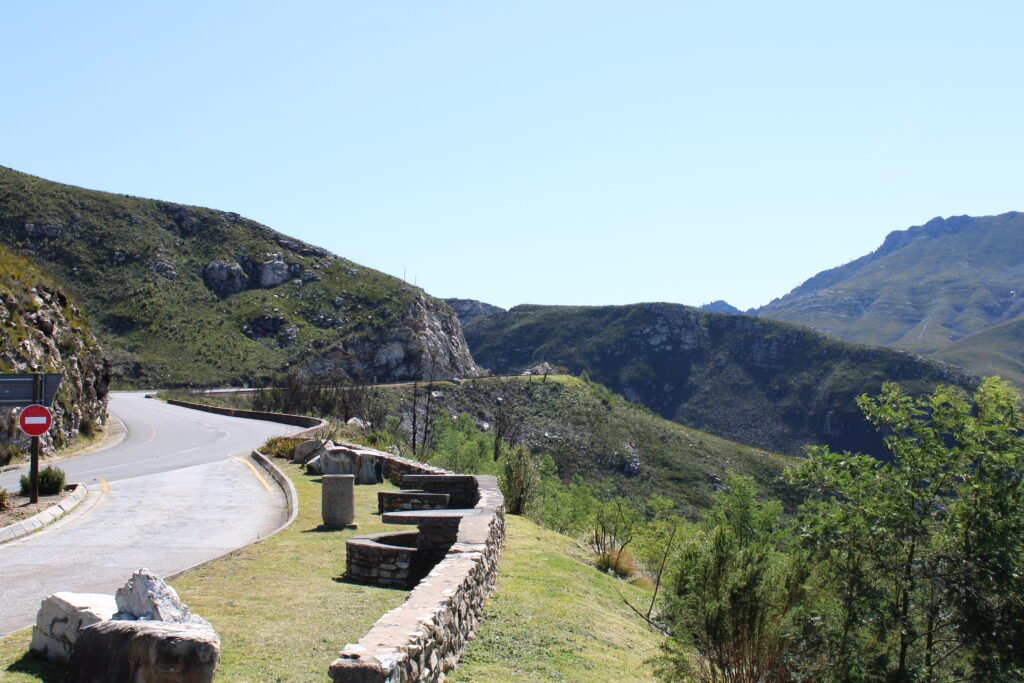
Essential Documents for Driving in South Africa
Paperwork isn’t sexy, but skipping it could ruin your trip. My friend learned this the hard way when a cop squinted at her German license like it was a counterfeit bill.
Pro tip: Double-check these requirements before you go—trust me, rental desks don’t bend rules. 🙅♀️
Valid License and International Driving Permit
Your driving license must be in English or paired with an International Driving Permit (IDP). AA South Africa confirms: Non-English licenses need an IDP, valid for 1 year or until your license expires.
Rental company policies vary, but most demand:
- A license held for 5+ years (new drivers often get rejected).
- Physical copies—no digital scans accepted.
- Your passport and visa (if required).
Car Rental Requirements and Hacks
When you hire a car, always opt for full insurance. I dodged a $900 bill thanks to it after a pothole incident when I rented a car for a trip from Johannesburg to Namibia.
Here’s what else to know:
🦺 Safety first: Remote jamming (thieves blocking lock signals) is real. Always check doors manually. Tipping car guards R5 (20p) keeps your vehicle safe—they’re unofficial but helpful.
🤫 Secret upgrade: Ask for high-clearance vehicles. I scored a free SUV upgrade for “rough roads” near Kruger—no extra charge!

Driving in South Africa: Left-Hand Side Basics
Nothing prepares you for that first left-hand turn onto a busy highway, especially when your brain screams “wrong side!”
I know this is something that scares most people from the US or Europe when considering driving in South Africa.
Here’s how to shorten the learning curve:
Right-Hand Drive: Control Reversal 101
Ever hit the door instead of the gearshift? Same. The pedals stay put, but everything else flips. Automatic transmissions are lifesavers—one less thing to fumble.
Pro tip: Tape a note to the dashboard reminding you to stay left. (Yes, I did this when I had to drive on the right in Europe)
Mirrors are your best friends. Align them so you see the side road markings clearly. If your reflection looks off-center, adjust until the lane hugs the left edge. Trust me, it prevents drifting.
| US Drivers | South Africa Adjustments |
|---|---|
| Steering wheel left | Steering wheel right |
| Turn signals on left stalk | Same (but wipers are right stalk—cue my blunder) |
| Right lane for slow traffic | Left lane for slow traffic |
Opposite-Side Survival Tricks
Highways are easier than city streets—just follow the flow. But deserted junctions? That’s where I almost turn into oncoming traffic. Always look right-left-right, even if it feels backward.
Minibus taxis don’t signal. Ever. Leave extra space and expect sudden stops.
And those “robots”? Green means go, but check for jaywalkers—pedestrians have the right-of-way here.
- Automatic over manual: Fewer distractions while adapting.
- Left to left: At intersections, hug the left curb to avoid wrong-side turns.
- Night driving: Stick to well-lit roads—20,000+ hijackings in 2023 often target isolated cars.

Understanding South African Road Conditions
I nearly lost a tire to a pothole the size of a kiddie pool once—welcome to South African roads.
While major highways rival those in the U.S., venturing off the beaten path? That’s where the real adventure begins.
Here’s how to tackle everything from sugar cane debris to suspension-testing speed bumps:
Highways vs. Rural Roads
National roads here are tarred and well-maintained, perfect for zipping between cities.
But rural routes? They’re a mixed bag. A “gravel road” often means “pothole obstacle course.”
Pro tip: Follow truckers’ tire tracks—they know the smoothest paths. And if you see sugar cane scattered on the road, slow down. It’s not litter; locals use it to mark hidden bumps.
| Highways | Rural Roads |
|---|---|
| Smooth tar surfaces | Gravel or dirt with potholes |
| 120 km/h speed limits | 60 km/h max (unless you enjoy tire swaps) |
| Automatic toll readers | Livestock crossings—no tolls, just cows |
Potholes and Speed Bumps to Watch For
Some potholes here could double as swimming pools. Near Durban, I swerved around one so deep, I swear it had its own ecosystem.
Rural towns often patch them with concrete mounds—call them “pothole mountains.”
Speed bumps? Oh, they’re creative. Outside Pretoria, I hit one so tall, my rental’s undercarriage kissed the pavement.
Look for painted warnings or clusters of rocks—they’re unofficial “slow down” signs.
- Highway strategy: Stay alert for sudden potholes after rain.
- Rural hack: Rent a high-clearance vehicle—it’s worth every penny.
- Night driving: Avoid unlit roads; 41% of fatalities involve pedestrians.
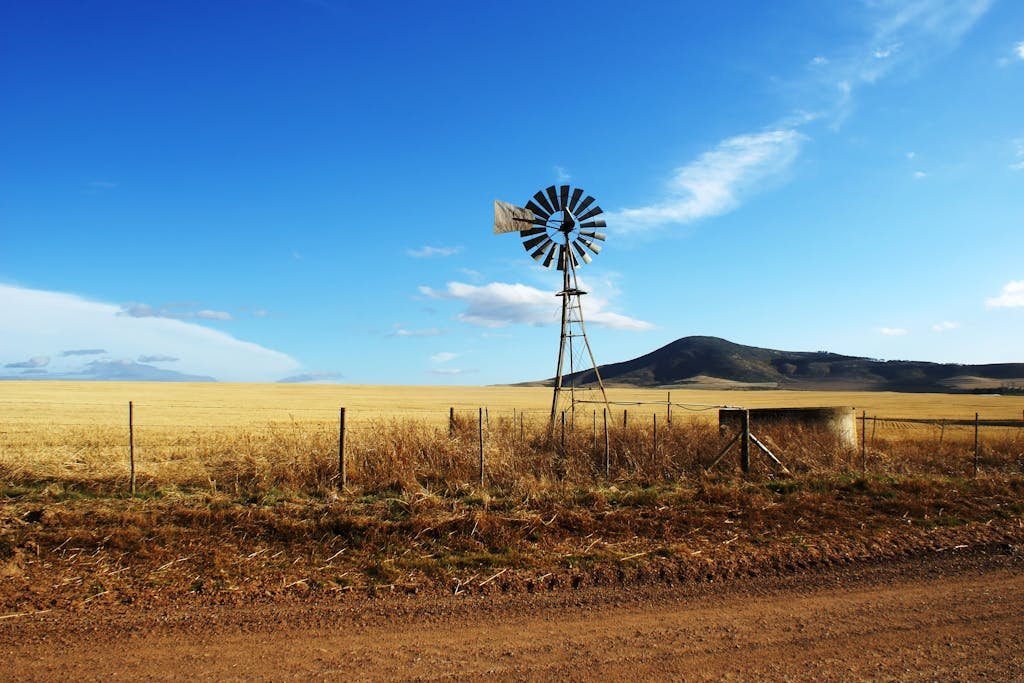
Road Rules and Speed Limits
Here’s how to navigate the rules without getting fined.
Standard Speed Limits by Road Type
South Africa enforces these limits strictly, so stick to them:
| Road Type | Speed Limit | US Equivalent |
|---|---|---|
| Highways | 120 km/h | 75 mph |
| Rural roads | 100 km/h | 62 mph |
| Urban areas | 60 km/h | 37 mph |
Watch for roadwork: Construction zones slash limits to 40 km/h (25 mph). I once sat behind a grader for 18 hours—okay, 18 minutes, but it felt eternal.
Four-Way Stops and Right-of-Way Rules
At intersections without robots, the right-of-way rule applies. Locals have a hack: wave to yield.
Pro tip: Rental companies charge admin fees for tickets, sometimes more than the fine itself. A R200 ($11) ticket cost me R500 ($28) in “fine processing.”
Traffic Lights (“Robots”) and Roundabouts
Why “robots”? The term dates back to 1948 when automated lights seemed futuristic. Today, they’re unpredictable—flashing red means stop, but we locals treat it like a yield sign.
Roundabouts (“circles”) favor vehicles already inside. My strategy: enter slowly, exit quickly. And that left-hand rule? It becomes second nature after a few days.
- Seat belts: Mandatory for all passengers (yes, even backseat).
- Phones: Hands-free only—cops love ticketing offenders.
- Alcohol limit: 0.08% blood content (one beer max).
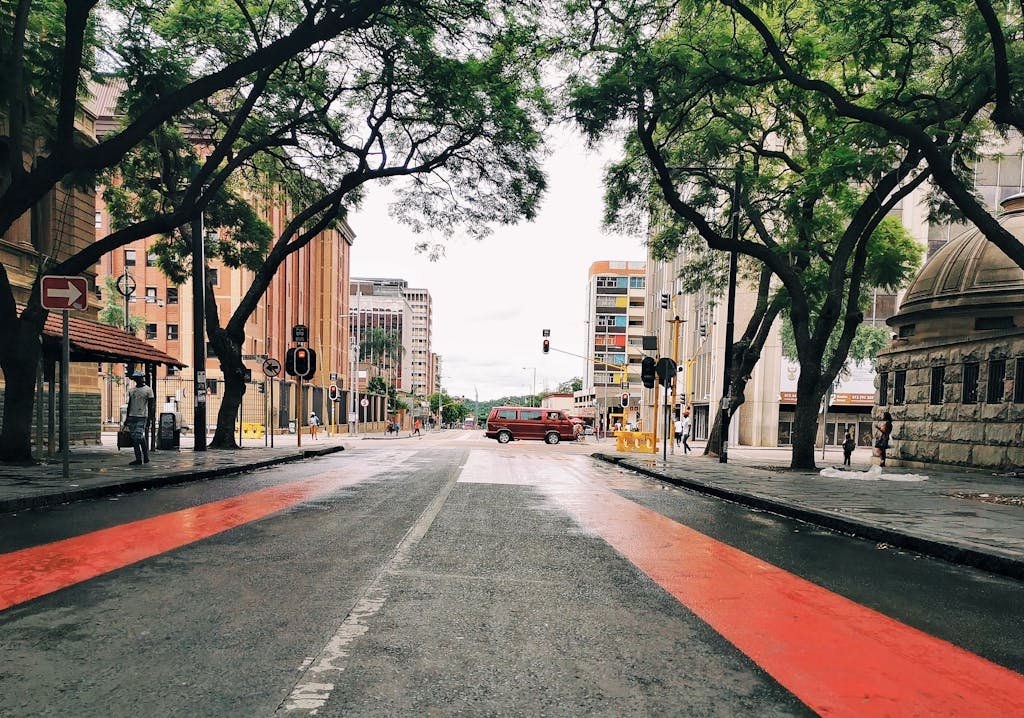
Toll Roads and Payment Methods
Here’s how to navigate tolls like a pro:
Cash or Plastic? Know Before You Go
Most tolls take Visa/Mastercard, but some rural booths are cash-only.
I learned this the hard way near Hazyview when my card got declined. Now I stash R200 in small bills—enough for two tolls and a snack.
However, most will accept cards now as they’re all transitioning over to e-tolls, so you’re unlikely to come across one that only takes cash.
Automatic Toll Readers: Skip the Line
Most rental cars now come with *e-Tag* transponders. These little gadgets beep you through dedicated lanes—no cash, no stress.
But confirm with your rental company first.
| Payment Method | Where It Works | Best For |
|---|---|---|
| Cash (ZAR) | All tolls | Rural areas |
| Credit Card | Major highways | Class 1 vehicles only |
| e-Tag | Major cities | Frequent travelers |
Cost hack: The N3 toll (Durban-Johannesburg) costs R158—but taking the R103 adds 30 minutes and saves R120. Worth it for scenic drives.
- Emergency stash: Hide R100 in your glovebox. Trust me.
- Card warning: Some tolls reject foreign cards. Have backup cash.
- e-Tag myth: They’re inactive in Gauteng now—check updates.

Fuel Stops and Local Customs
Fuel stops here aren’t just about gas—they’re cultural pit stops with quirks you’ll love.
Unlike the DIY pumps back home, attendants handle everything from filling your tank to checking your oil.
Full-Service Petrol Stations
Expect white-glove treatment at petrol stations. Attendants even offer to check tire pressure (say “yes”—it’s free). When requesting fuel, a simple “Unleaded, please” works.
Pro tip: Prices are per liter—about R15/liter ($3.20/gallon).
An attendant in Mpumalanga taught me local slang while topping up my tank. His secret? “Always smile. Tourists tip better.”
Tipping Etiquette for Attendants
A R5–R10 tip (20c–40c) is standard for full service. Hand it directly—don’t leave it on the seat.
Bonus tip: Keep an extra R2 on hand for restroom tokens. Yes, some stations charge to use the loo.
Snack hack: Grab biltong (dried meat) or a cold drink (soda) inside. They’re road-trip lifesavers.
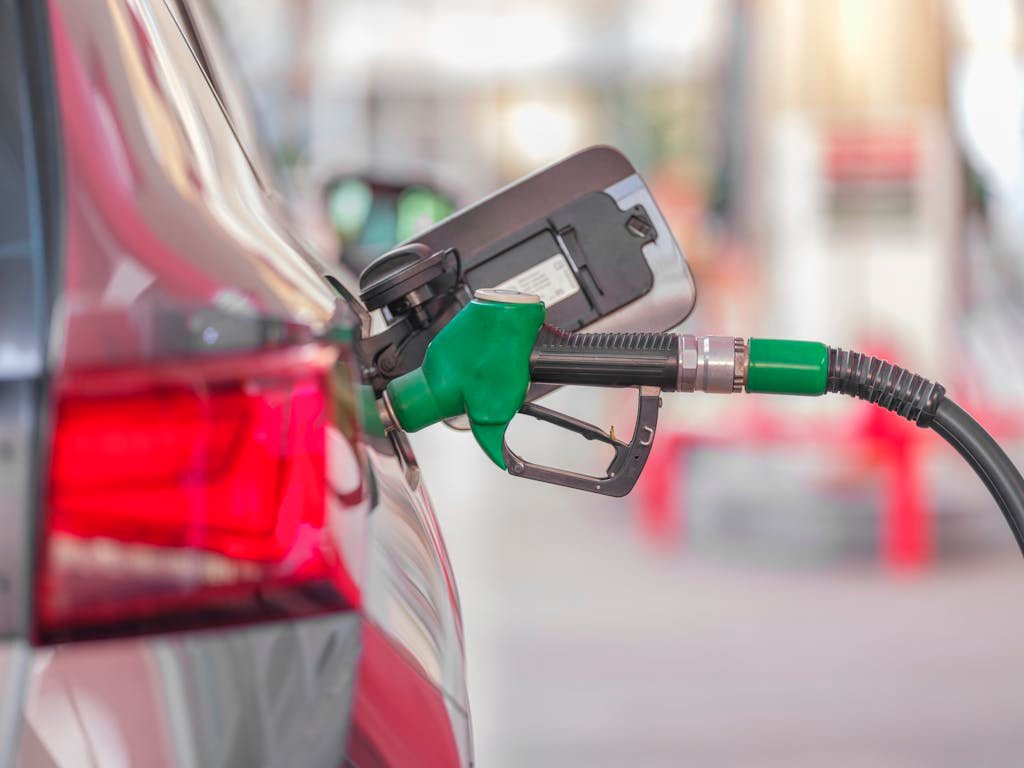
Safety Tips for Driving in South Africa
Three things surprise travelers most: hijacking risks, roaming wildlife, and how dark “dark” really gets.
Here’s how to stay sharp—because local rules differ wildly from what you’re used to.
Spotting and Avoiding Hijacking Risks
Debris on roads isn’t always accidental. Near Pretoria, I saw branches arranged like a roadblock—a classic trap.
Safety rule #1: Never roll down windows fully, even at “robots.”
If a car tails you suspiciously, try the “reverse ramming” trick locals use:
- Signal right, like you’ll pull over.
- Suddenly reverse 10 feet (startles followers).
- Drive to the nearest gas station.
Note: Dial 112 for emergencies—it works even without signal.
When Animals Own the Road
Cows? Slow down. Bulls? Turn off the engine. My closest call was in iSimangaliso Wetland Park, where a hippo charged from a riverbank. Wildlife encounters demand different tactics:
| Animal | Action |
|---|---|
| Grazing cattle | Honk softly to scatter |
| Baboons | Close windows (they steal) |
| Elephants | Reverse slowly or stop |
Driving After Dark
Night here isn’t just dim—it’s pitch-black. My kit includes:
- A spotlight (check for reflective eyes).
- Tire plugs (potholes hide in shadows).
- Satellite phone (no service zones exist).
Pro tip: If you must stop, park under streetlights. And never—ever—pick up hitchhikers, ever.
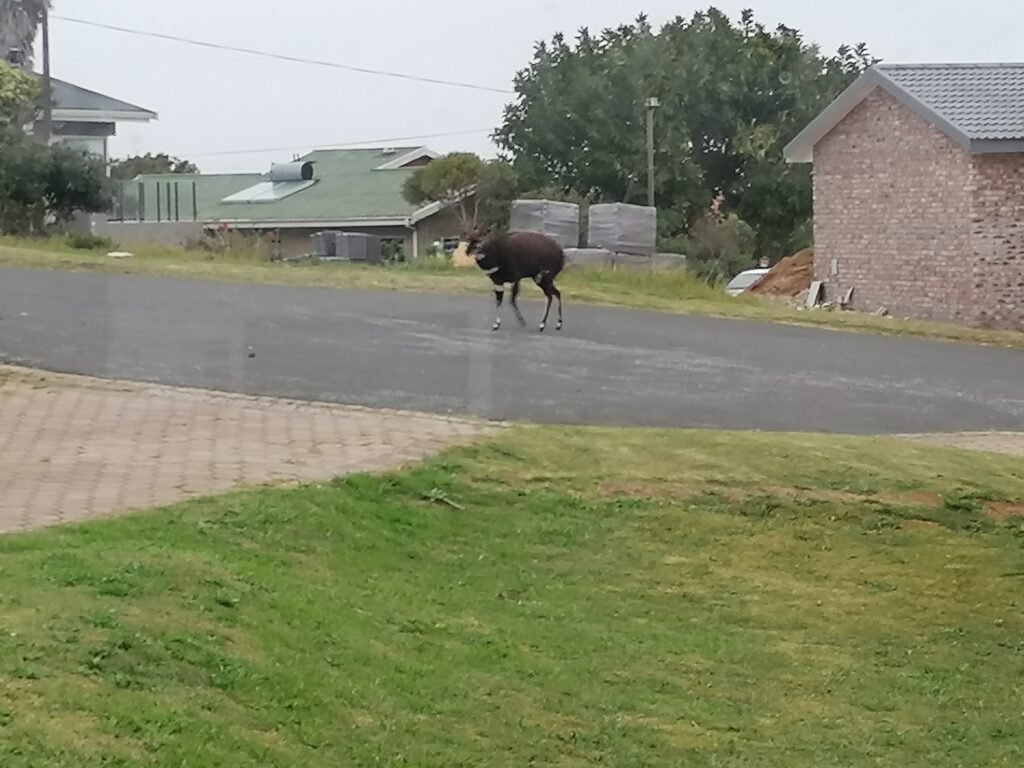
Self-Drive Safaris: What You Need to Know
There’s nothing like locking eyes with a lion from your car—trust me, it changes you.
But before you hit the dirt roads of Kruger or Addo, know this: safaris here demand respect. (Note: always rent high-clearance).
Choosing the Right Vehicle for Game Parks
Not all rentals are safari-ready. Here’s the breakdown:
| Park Type | Ideal Vehicle | Why It Matters |
|---|---|---|
| Kruger (public) | SUV with ground clearance | Potholes and sudden wildlife crossings |
| Private reserves | Open-top 4×4 | Guides handle rough terrain; you focus on photos |
Pro tip: Book early during peak seasons. I once saw a family of five crammed into a hatchback—not ideal for elephant country. 🐘
Park Rules and Animal Encounters
National parks enforce strict protocols. Forget Yellowstone rules—here, elephants have the right-of-way. Three things:
- Elephant etiquette: Cut your engine if they approach. Revving = challenge.
- Speed limits: 50 km/h on tar, 40 km/h on gravel. Fines fund conservation.
- Permits: Off-road driving requires special approval (R280 fee at gates).

Driving in South Africa FAQs
How easy is driving in South Africa?
Driving in South Africa is relatively easy, especially on major highways and in cities. However, rural roads can be rough, and local driving habits may vary, so staying alert is key.
Is it safe to drive around South Africa as a tourist?
Yes, it’s generally safe for tourists to drive, but caution is advised. Avoid driving at night in remote areas, keep doors locked, and don’t leave valuables visible in the car.
Can you drive with a foreign driver’s license in South Africa?
Yes, you can drive with a valid foreign driver’s license in English. If your license isn’t in English, you’ll need an International Driving Permit (IDP).
🗺 MORE SOUTH AFRICA TRAVEL GUIDES & RESOURCES
Visit the Famous Tsitsikamma Suspension Bridge at Storms River
7 Best Boutique Hotels in Cape Town
Top 5 Wellness Retreats in South Africa
6 Thrilling Cape Town Safari Tours for Families
13 EPIC Spots to Enjoy Sunset in Cape Town
6 BEST Soulful Yoga Retreats in South Africa
What are the BEST Areas to Stay in Cape Town? (With a Map)
Driving in Cape Town: ULTIMATE Guide From a Local
8 Best Hotels in Stellenbosch for a Luxury Stay in the Cape Winelands
📌 DON’T FORGET TO PIN & SAVE THIS FOR LATER
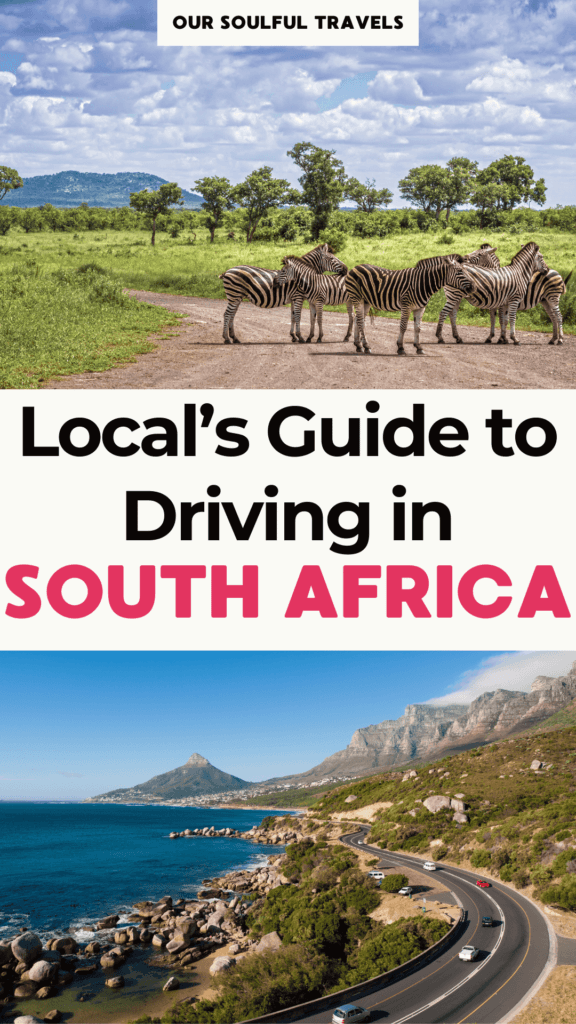
Driving in South Africa: Final Thoughts
A lifetime on these roads and I still get excited about the freedom they offer. From spotting elephants near Mossel Bay (yes, really) to navigating bustling city streets, every mile brings something new.
Just remember—safety first.
Pack that emergency kit (jumper cables and a flashlight saved me twice). Always lock doors, and never leave valuables in sight. Trust me, it’s better to be overprepared.
Book your car here and go driving in South Africa 👇

